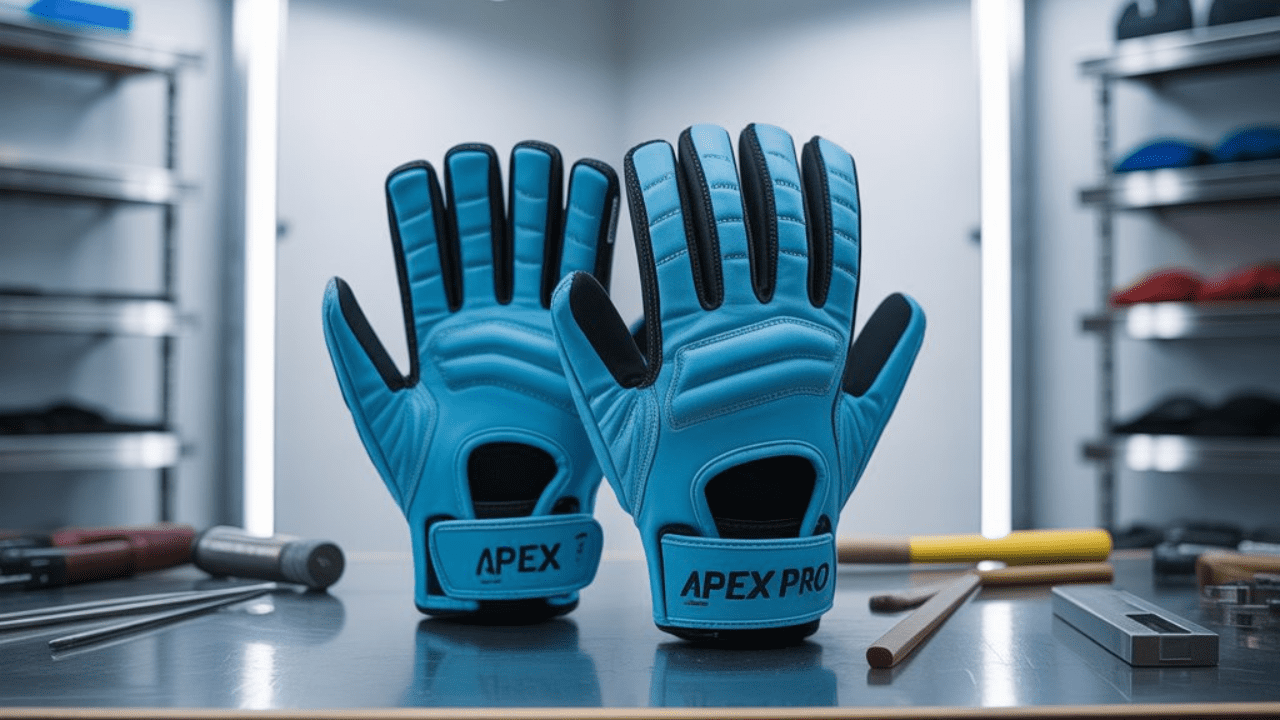Every time an athlete grips a bat, catches a ball, or throws a punch, the gloves on their hands are more than just gear—they are the result of innovation. Behind the scenes, a company that makes prototype sports gloves plays a pivotal role in shaping performance, safety, and comfort. These companies act as the laboratories of the sports world, where new materials, cutting-edge design, and athlete feedback converge. For athletes in the United States, these prototypes are not only about protection but also about gaining a competitive edge in their game.
What Does a Company That Makes Prototype Sports Gloves Do?
At the core, these companies specialize in research, design, and testing. Their process begins with studying how athletes use gloves and identifying pain points like grip, durability, or wrist strain. Using advanced materials and digital modeling, engineers create prototypes that are tested in labs and on the field. Adjustments are made based on real feedback until the design balances protection, flexibility, and comfort.
Some firms, like ARMA, use 3D scanning and rapid printing technologies to design gloves tailored to each athlete’s hand shape, while classic brands like Rawlings test new leathers and padding for baseball players. The ultimate goal remains the same: gloves that feel like an extension of the body.
Why Prototype Gloves Matter
Safety First
One of the greatest benefits of a company that makes prototype sports gloves is advancing athlete safety. Studies have shown that boxing glove prototypes using pneumatic chambers can reduce peak impact forces by up to 30%, lowering the risk of head and hand injuries. In adaptive sports, custom-fit prototypes designed around biomechanics have reduced wrist strain for wheelchair athletes, proving how tailored gloves can prevent long-term damage.
Performance and Comfort
Prototype gloves are not only safer but also more efficient. Engineers experiment with breathable fabrics, memory foam padding, or shock-absorbing inserts. Athletes often stress that “feel” is as crucial as protection. Prototypes allow companies to fine-tune seam placement, wrist wraps, and grip texture until players can move naturally without distraction.
Challenges Along the Way
Innovation is not without obstacles. Prototyping requires significant investment in design software, materials, and testing facilities. Smaller firms often struggle to balance cost with cutting-edge performance. Furthermore, all prototypes must meet strict regulations set by sports governing bodies. If gloves do not align with official standards, they risk rejection in professional competitions.
Another challenge is usability. Even the most advanced prototype will fail if athletes find it bulky, heavy, or uncomfortable. That’s why constant feedback and iteration are critical.
Real-World Examples
ARMA’s High-Tech Fit
ARMA, a sports tech startup, has developed prototype gloves that use 3D scans of athletes’ hands to create exo-structures tailored to individual geometry. Early tests show improved fit and grip, along with potential integration of smart sensors for real-time data.
Boxing Pneumatic Gloves
Another breakthrough came with pneumatic boxing glove prototypes. Unlike standard gloves, these designs absorb shock through controlled air release, reducing both impact forces and injury risk. Such innovations highlight why prototyping matters in high-contact sports.
Scholarly Insights
Academic research supports the importance of prototyping. A systematic review found that over 60% of prototypes in sports research focus on equipment like gloves, emphasizing performance improvements and injury reduction. Other studies highlight how prototypes in wheelchair racing reduced perceived effort and improved stability by adjusting wrist angles.
As Dr. Karen Mitchell, a sports technology researcher, explains: “Prototyping allows us to bridge the gap between athlete needs and material science, creating solutions that not only perform but also protect.”
What Makes a Great Prototype Sports Glove Company?
The best firms combine science, athlete collaboration, and transparency. They hire experts in biomechanics, materials science, and industrial design. They listen closely to athlete feedback, testing and refining until comfort and performance align. By embracing sustainability—using recycled materials or optimizing digital design to reduce waste—they also respond to consumer demand for eco-friendly products.
Looking Ahead
The future of prototype gloves lies in smart technologies and customization. Expect to see more gloves with embedded sensors, biometric feedback, and fully personalized fits via 3D printing. These advancements won’t just enhance performance but will also make gear more sustainable and accessible.
Conclusion
A company that makes prototype sports gloves is more than a manufacturer—it is a pioneer shaping the future of athletics. From boxing to baseball, from adaptive sports to everyday training, these prototypes push the boundaries of what’s possible. By blending innovation, athlete insight, and scientific research, they deliver gloves that protect, perform, and evolve with the game. As sports continue to grow more competitive, investing in glove prototypes is investing in the safety and success of athletes across the United States.





